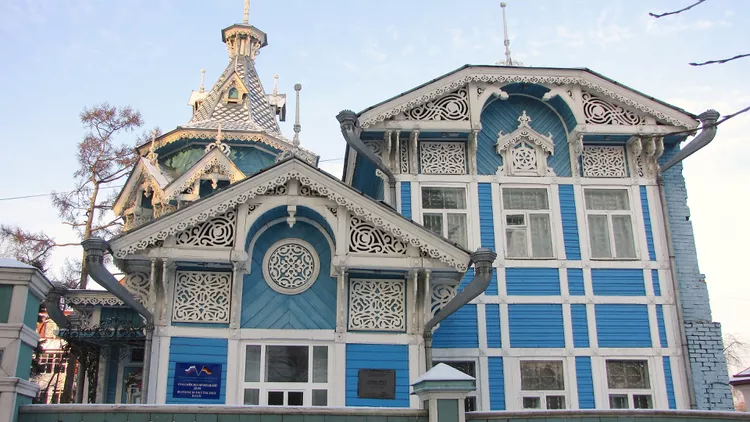The Hidden Russia

Tomsk has none of the historical fame associated with Russia’s top tourist destinations, Moscow and St. Petersburg. For travelers seeking an alternative to grand churches and ubiquitous scenery, Tomsk provides a more understated experience. Charming wooden houses, reminiscent of a beloved Russian storybook, line the streets in various states of restoration. The city’s numerous universities impart a scholarly, serious tone. Additionally, the museums delve into the rich Siberian history. Set amidst miles of pristine taiga, Tomsk radiates a quiet dignity.
Tomsk Attractions and People
The ideal time to visit Tomsk is during the summer months of June, July, or August. The warm and sunny days are perfect for strolling through Lagerny Sad, the war memorial park overlooking the River Tom. The residential areas boast numerous points of interest, while the downtown scene excels in shopping and dining. Moreover, even on rainy days, various activities await visitors. Recently, a new art museum has opened, and the Tomsk Regional Museum offers insights into the lives of the peoples of Siberia.
For something truly unique, a visit to the KGB Memorial Museum is essential. Housed in the original Tomsk KGB headquarters, this museum serves as a poignant reminder of the oppressive Communist era and the many labor and concentration camps established throughout the Tomsk region. The holding cells for prisoners contain their narratives of survival, while a rotating exhibition celebrates the art, literature, and lives of brave individuals who dared to speak out against the KGB. Notably, this museum stands as the only one of its kind in the nation, featuring Solzhenitsyn’s signature in its guestbook.
The wooden houses that characterize the city are a source of pride for Tomsk residents. Many of the more ornate structures have become city symbols, featuring intricately carved wooden decorations showcasing themes like birds and dragons. Some of these charming buildings continue to house residents, symbolizing a unique relationship between Siberia’s past and present.
Visitors from the West may find that locals approach them with a mix of wariness and curiosity, rarely hostility. Individuals expressing interest in Tomsk or Siberian culture can quickly forge friendships. Tomichi, the people of Tomsk, enjoy hosting guests and delight in sharing their warm Russian hospitality with foreigners. Their extensive knowledge of the city and Siberian history can enrich any stay in this remarkable town. Engaging with locals might happen at the American Center near Tomsk State University, at the central fountain where Tomichi gather in the evenings, over drinks at various bars, or even while riding public transport. Any foreigner tends to stand out, which can actually facilitate the process of making friends.

Eating in Tomsk
One of the most delightful aspects of the Siberian summer is the food. Markets brim with fresh fruits and berries, often at premium prices for travelers accustomed to overpriced, subpar produce. An impressive variety of cheeses and dairy products are available, free from the processing that often diminishes flavor in the US. At various times throughout the week, you can discover stalls offering freshly butchered meat and freshly caught fish. Additionally, keep an eye out for local vendors selling home-grown vegetables along the roadside; they are usually exceptionally flavorful.
Tomsk stands out as a unique destination for the Eastern European traveler. Its intimate size, community feel, and proximity to expansive pine forests create a tranquil escape from the bustling major cities commonly visited by tourists. A fourteen-hour train journey will bring you to the larger city of Krasnoyarsk, followed by a ride on the renowned Trans-Siberian Railroad to Novosibirsk. Nevertheless, given Tomsk’s distinct character and charm, it is unlikely that visitors will feel an urge to leave quickly.





